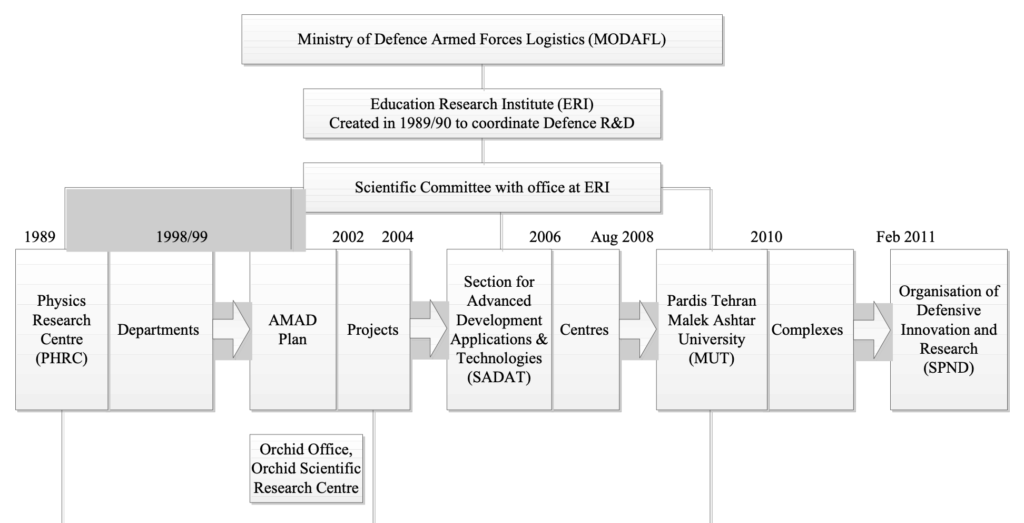This 1960 report from the Australian Joint Intelligence Committee, titled Nuclear Weapons and Guided Missiles in Communist China up to the End of 1965, states that
We believe that China intends to acquire a full range of nuclear weapons and guided missiles as soon as practicable.
and
China has indigenous sources of uranium and is capable of producing uranium metal for use as fuel in a nuclear reactor. There is, however, no evidence to date of any activity which could be directly related to nuclear weapon trial or development and there are no known facilities for substantial production of the necessary fissile material.
China has the scientific and technical ability, unaided, to produce a very limited number of nuclear weapons and, assuming that a major effort is made, a nuclear weapon programme could be in operation by 1965.
China, of course, tested a nuclear weapon in 1964.



